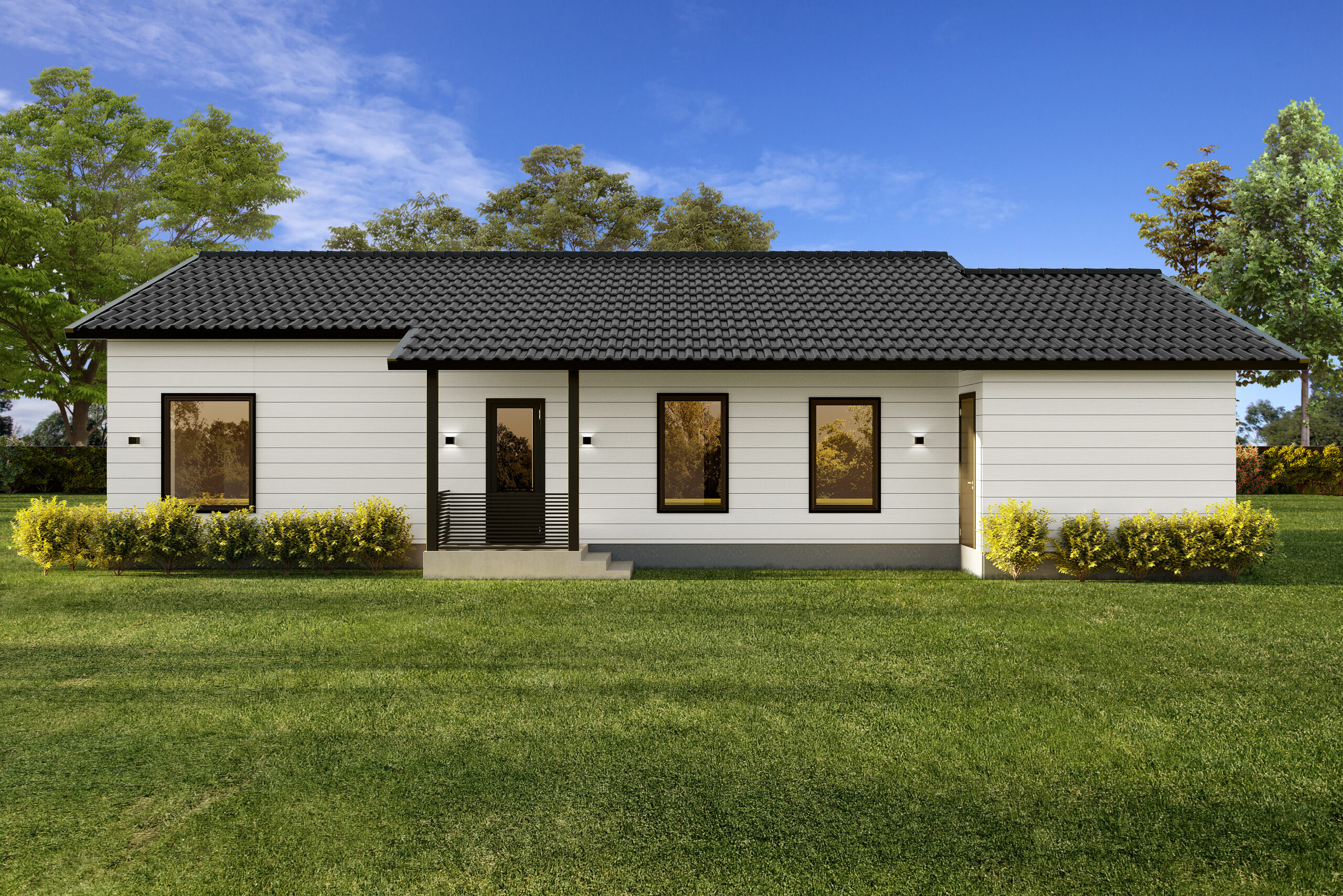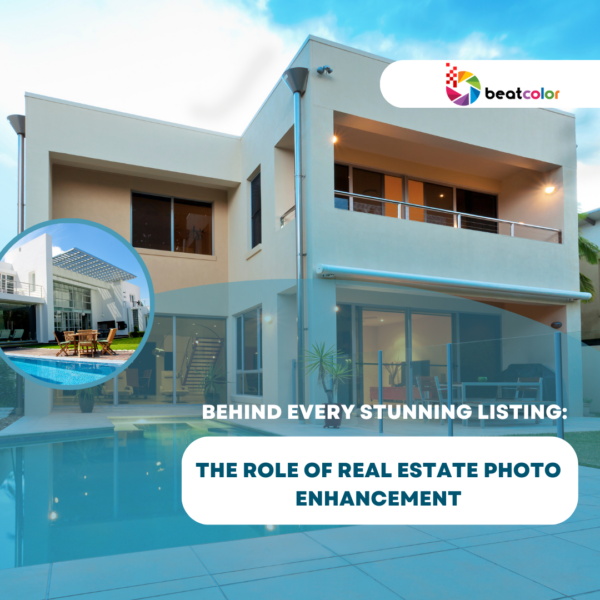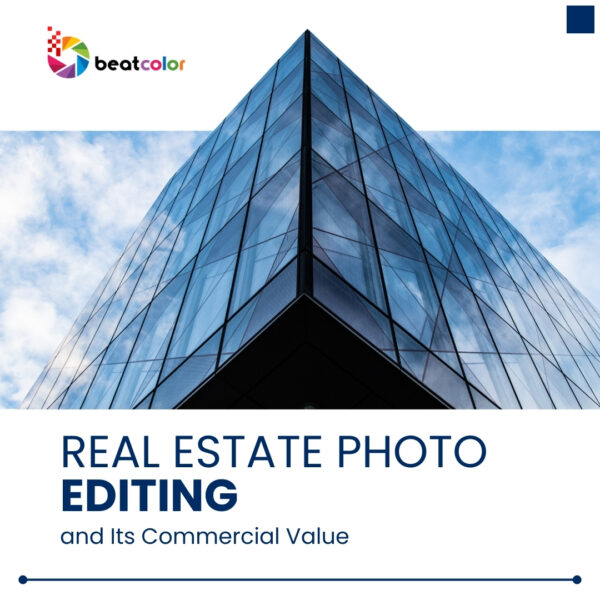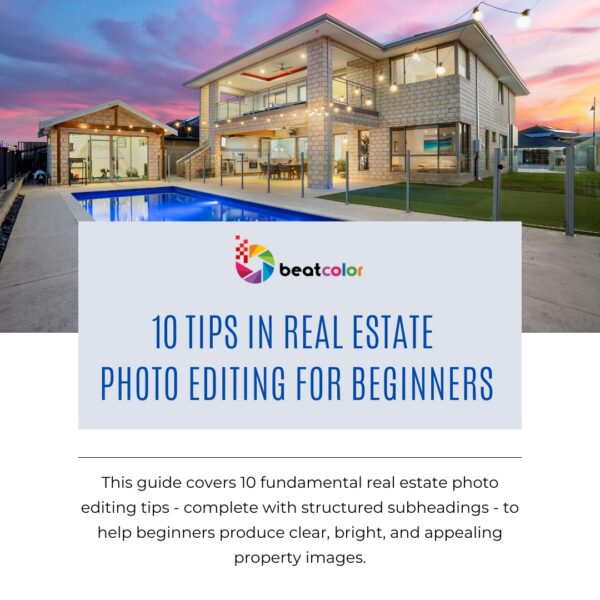Ultimate Introduction Of The Best Rendering Software
Rendering software is the life-blood of today’s VFX, graphic design, industrial design, and animation industries. However, finding the best rendering software to accommodate your work speed and create stunning results is not easy. The main reason is the costly investment fee for a powerful rendering program.
If you are stuck in the situation of selecting the suitable architecture rendering software, this post is perfect to grab. In this post, we would like to introduce our wise selection for the best rendering software, which has been also widely used in the 3D community.
Let’s check-it out!
The Wise Selection Of Best Rendering Software
1.V-Ray (US$ 470 / year)
V-Ray provides state-of-the-art rendering solutions for Architecture, Television VFX, Film, Advertise, Automotive Design, Games, Product Design, and Interior. V-Ray is integrated with almost popular 3D rendering software. 3ds Max, Blender, Cinema 4D, Maya, Modo, Nuke, Revit, Rhinoceros, SketchUp, Unreal work smoothly on V-Ray.
Running based on CPU and GPU hardware, V-Ray is a high-quality raytracer optimizing the realism of animation and lightning-fast interaction. It offers a rich toolset, features, textures, models, and materials. Besides, the complete set of lights, shadow, and mixing light make V-Ray a powerful rendering tool to create photorealistic effects. It is no doubt that V-Ray matches the demand of beginner and seasoned professionals so well.
V-Ray’s high versatility allows continual crafting of the final output. You can fix the materials, lights, shadows to create the best look for your design.
Another exceptional feature of V-Ray software is to supply Smart 3D assets, This is an extensive library of render-ready objects, HDR Skies. The Smart 3D assets offer you automatic LOD and the most accurate scale for objects. Smart 3D assets are now available for 3ds Max, Rhino, and Revit.
Pros:
- Add materials and view the fine-tune rending right away.
Cons:
- Consuming a lot of data from your CPU.
- High-price.
- Exclusive to Nvidia CUDA GPU
2.Cinema 4D ($3,510 a license)
Cinema 4D is an extremely powerful tool designed for those who desire to get stunning images and distinctive styles. Ease of use and countless tutorials are two outstanding points of Cinema 4D. Furthermore, its high integration with Adobe After Effects, Adobe Illustrator, and flying colors makes it stand out from others.
Pros:
- Perfect choice to create the imaginary world thanks to the node-based material presets.
Cons:
- Take quite a lot of time to render if your CPU, RAM are not big enough.

3. Lumion 3D (US$ 1,820 for Basic version)
As a strong base for architectural rendering, Lumion 3D breathes life into rendering. The big library makes it the best tool to shape real-life images, videos, and 360 panoramas. Transforming your creative unique ideas into realistic projects full of emotion, sensation or aesthetics is easier with its 60 effects available.
Lumion 3D integrates almost all 3D modeling software: SketchUp, Autodesk Revit, ArchiCAD, Bentley, Allplan, Vectorworks, Rhinoceros, 3ds Max. So, it is convenient for you to co-operate anyone, who is working on other software.
A wide range of tutorials along with a friendly user interface make every one happy to work with it.
Besides the expensive fee, Lumion 3D requires expensive graphic cards otherwise your computer is often laggy. It requires at least 16 GB RAM & at least a 4GB graphic card video.
Pros:
- Ultra-fast render.
- Dress-up the models with various materials: sky, grass, glass, materials, people, lighting, furniture, cars etc.
- Create hyper-realistic photography & videography.
- Fast output with little effort.
Cons:
- Limited advanced tools for animation, material creation.
- Only available for windows.
- Very expensive and requires a high capacity of your computer.
4.Octane Render (US$ 699 / year)
Octane Render delivers an incredible speed. As a GPU-based rendering software, Octane Render is promising to deliver a 10-15 speed increase compared with other unbiased renders on CPU.
Octane Render allows you to switch between different modeling tools. Its high compatibility supports up to 21 plugins. You also enjoy its extensive library of materials, textures.
Octane Render supports HDRI, mesh emitters, IES files, and a planetary sun/sky system. Furthermore, with the additional Light Linking and Light Exclusion features, it allows you to manipulate the lighting in a scene.
Its layered materials functionality allows you to construct materials from 8 layers. You enjoy creating complex material rather than mixing the objects available. Furthermore, its procedural volumetric lights allow you to create procedurally driven volumetric lighting – like spotlights – with blockers, barn doors, gels, and more.
Pros:
- Useful intuitive render.
Cons:
- Crash & laggy.
- Quite limited options to integrate octane workflow with other rendering software.
- Quite difficult to use the light direction settings.
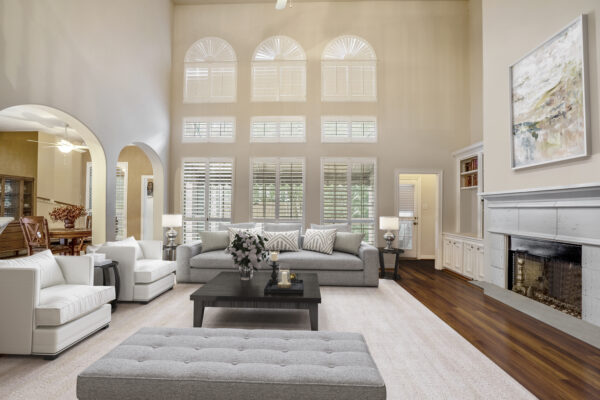
5.Corona Render (US$ 340 per year)
Corona Render is a high-quality realistic software render for any user. It has all the main features any 3D designer loves to work with. It features a basic feature library and allows you to amend any details and see the real-time update.
Corona Render is an extremely powerful tool for shader displacement and realistic shaders. You can easily use the native materials in 3D Studio Max for a fast render that can actually be used for a final image for post-editing.
If you are a beginner, you would enjoy a 45-day free trial and full access to its sources.
Pros:
- A 45-day free trial with full access to its sources.
- Easy to use.
- Biased and unbiased renderer.
- Interactive renders that allow you to tweak everything in the scene and see the live update.
Cons:
- Requiring a lot of computer resources. If your computer is not strong enough, you usually face laggy issues.
- Quite slow rendering speed
Final Verdict
The advanced & latest technology and lightning-fast speed of Lumion 3D point-out that Lumion 3D stays ahead of other rendering programs. However, its touch price isn’t what many 3D designers can afford.
In our point of view, the best rendering software is the one, which currently integrates with much other software. Especially, it can run smoothly on your computers as well as match your needs. Additionally, only by manipulating almost all features available, you are investing wisely.
In Beat Color, V-Ray shows its highest compatibility with our job as a 3D Architectural Designer. V-Ray also shows its high capacity to create stunning premium staged photos for Virtual Staging & Virtual Renovation.


